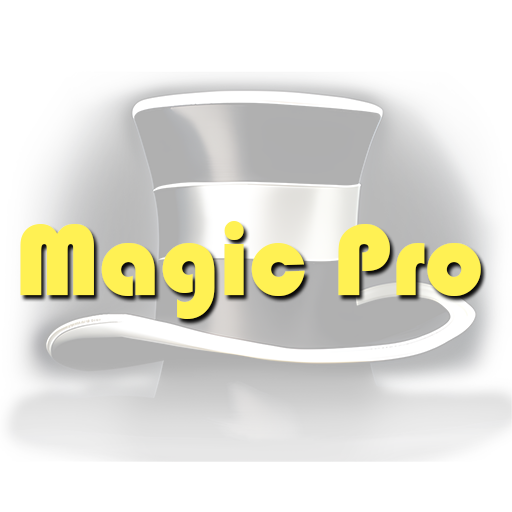In advertising, capturing the audience's attention is paramount. This is where the art of magic comes in, offering a unique approach to promoting products and services. By integrating illusions and magical elements, advertisers can create memorable campaigns that not only entertain but also effectively sell their products.

The Psychology Behind Magic in Advertising
At its core, magic in advertising leverages the psychological impact of surprise and wonder. When a product is introduced in a magical context, it creates a memorable experience for the viewer. This element of surprise associated with magic can lead to higher recall rates, making the advertised product more memorable than those in conventional ads.
Case Studies: Successful Magical Campaigns
Numerous brands have successfully used magic in their advertising campaigns. For instance, a famous soft drink company once ran a campaign featuring a magician who transformed ordinary objects into bottles of soda. This not only caught viewers' attention but also subtly suggested the idea that their drink was magically refreshing.
Another example is a tech company that used illusionists in their ads to showcase the "magical" features of their latest smartphone. Through sleight of hand and other tricks, the magicians demonstrated the phone's capabilities in a way that seemed supernatural, thus emphasizing its cutting-edge technology.
The Role of Celebrity Magicians in Advertising
Celebrity magicians can add significant value to advertising campaigns. Their established reputation for creating wonder and excitement can transfer those feelings to the product being advertised. For example, a famous magician was used in a car commercial where he seemingly made the vehicle appear out of thin air, implying the car was so innovative, it was like nothing you'd seen before.

Integrating Magic with Modern Technology
With the advent of augmented reality (AR) and virtual reality (VR), the potential for magic in advertising has grown exponentially. AR and VR can create immersive experiences where the lines between reality and illusion blur, allowing for even more creative and engaging advertisements. For example, an AR app that makes fictional characters appear in real-world settings can be used to advertise children's products in a way that feels magical to both kids and adults.
Ethical Considerations
While magic can significantly enhance advertising effectiveness, it's essential to maintain ethical standards. Advertisers must ensure that the use of magic and illusion in their campaigns does not mislead consumers about the product's actual capabilities or features.

Magic in advertising offers a unique and effective way to capture the audience's attention and create memorable campaigns. By combining the elements of surprise and excitement inherent in magic with ethical advertising practices, brands can not only enchant their audience but also see a significant impact on their marketing success. As technology evolves, the possibilities for incorporating magic into advertising will undoubtedly expand, opening new doors for creative and effective product promotion.

